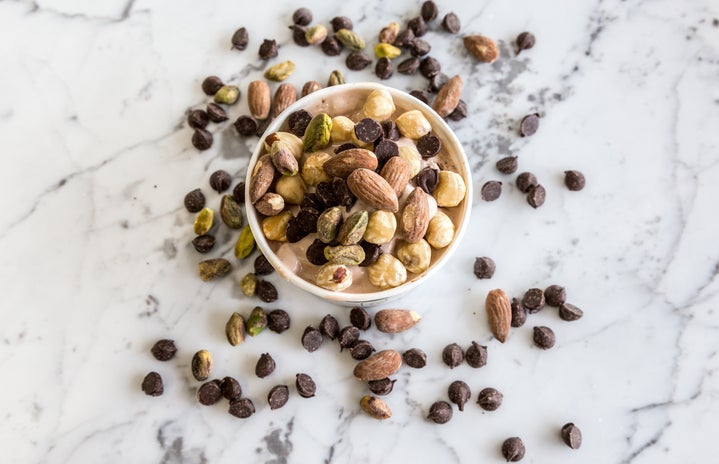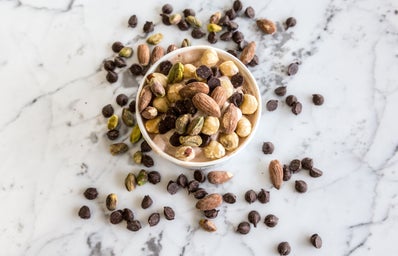Vanilla, chocolate, original, unsweetened, and even banana﹣almond milk is now a household staple for many, but the sad truth is that it’s not as sustainable as we think. As it turns out, almond milk is one of the least sustainable milk alternatives, and boy is that disappointing! I’ve been a huge almond milk advocate for so many years. I use it in everything from smoothies to cereal to soups. Oreos? Dip them in almond milk. My Starbucks order? Grande iced matcha latte with almond milk. But in good conscience, I must distance myself and begin to seek out other non-dairy milk options for the sake of the environment and the people.
I recently stumbled upon an article published by The Guardian and the title really caught my eye: “Almonds are out. Dairy is a disaster. So what milk should we drink?”. I thought to myself, “What do you mean almonds are out?!”. I couldn’t believe someone was insulting my beloved almond milk like that. But, after learning of the damage that almond farming does to the environment, I agree. Almonds are out, indeed. A study conducted by the University of Oxford found two main issues that the almond milk process contributes to: water supply and bees.
A whopping 80% of the world’s almonds are grown primarily in Central Valley, California in orchards larger than the state of Delaware. It takes roughly 15 gallons of water to produce 16 almonds and there are over 2 billion almonds being grown there. It takes 130 pints of water to make just one glass of commercial almond milk. That’s an unimaginable amount of water! To boot, the high demand for almonds has resulted in ground sinkage and groundwater depletion. California already suffers from tons of droughts and groundwater is being taken from residents that rely on it for drinking water. That’s not cool.
The effect that almond milk production has on bees is mainly due to high demand and pesticides. The USDA Pesticide Data Program found that 5 out of the 9 pesticides used for commercial almonds kill honeybees. I must also add that these pesticides contribute to loads of water contamination. On top of this, the demand for almonds is so high that 70% of the commercial bees in the US are used for almond pollination every spring. Over one-third of the bees died by the end of the season last year, which was record-breaking and so heartbreaking.
Thankfully, it doesn’t have to be this way. Letting go of almond milk isn’t the hardest thing in the world, but it kinda sucks. You don’t have to cut it out completely though. Buying organic almond milk, which uses no pesticides, means that no bees were harmed in the making. You can also make your own almond milk at home (my favorite– I highly recommend) with organic almonds and water. That way no bees are harmed, you’re using way less water in the process, and there won’t be any unnecessary additives. It also tastes much better in my opinion!
Almond milk still leaves a much smaller carbon footprint than dairy, but it’s important to be aware of the plant-milk culprits too. Almond milk affects bees, coconuts exploit farmers, and rice milk produces tons of greenhouse gases. As more and more people move towards dairy alternatives, we need to ensure that the environment, its people, and its animals are continuously looked out for. Sometimes what we think is better can be just as bad. Luckily we can still trust great almond milk alternatives like oat milk, soy milk, and even hazelnut milk! But, we must say our goodbyes to almond milk, an old friend. Unless I’m making it homemade or buying it organic– almond milk, you’ll be missed!



